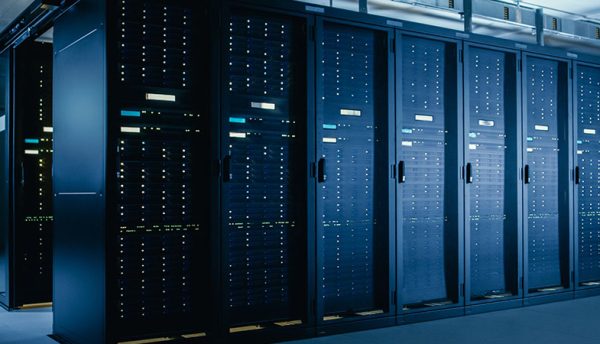4D Data Centres, a UK-based infrastructure management provider, has released an infographic detailing the various cooling methods available to data centres and how to choose between them.

As IT has evolved over time, the technology that cools it has had to evolve as well.
There are now several different cooling methods – explained in our infographic – data centres use depending on the cooling requirements of different systems.
Different IT systems, depending on the density of computer parts and the energy draw of the servers, need different levels of cooling.
There are several factors to consider when choosing the type of cooling you use:
- You need to ensure your cooling can cope with the heat being produced by servers.
- To keep cost and environmental impact low, your cooling should be energy efficient.
- To avoid spending too much you shouldn’t take a higher cooling capacity than you need.
To help you choose between the different cooling methods data centres have available, we have summarised your options:
- Cold aisle containment
Data centres used cold aisles to push cool air up through the floor into an aisle walled by servers.
This cold air has nowhere to go other than through the server racks, cooling them.
- Rear-door cooling
Rear-door cooling sits at the back of a server rack and has increased efficiency since it delivers cooling close to the source of the heat as air leaves the servers.
It prevents too much hot air being pumped out into the data floor.
- Liquid immersion cooling
Immersion cooling is a relatively new technology and requires submerging your servers into a dielectric liquid that will cool your hardware without damaging it.
The dielectric fluid is kept cool by exchanging heat with a chilled water supply.
- Free cooling
In an open-air cooling system, temperature and humidity inside the facility remain as consistent as possible with the outside environment, so that less energy is required to cool equipment. This is a very energy-efficient form of server cooling, but can only be implemented in certain places, like near the Arctic Circle, in a cave or in a pod at the bottom of the ocean.
All of the above cooling methods use the mediums of chilled water or air to deliver cooling and there are many different ways that data centres handle cooling these mediums.
Ensure your data centre is using an energy-efficient method to handle this cooling to minimise costs and environmental impact.
For further information please click here.
Click below to share this article



